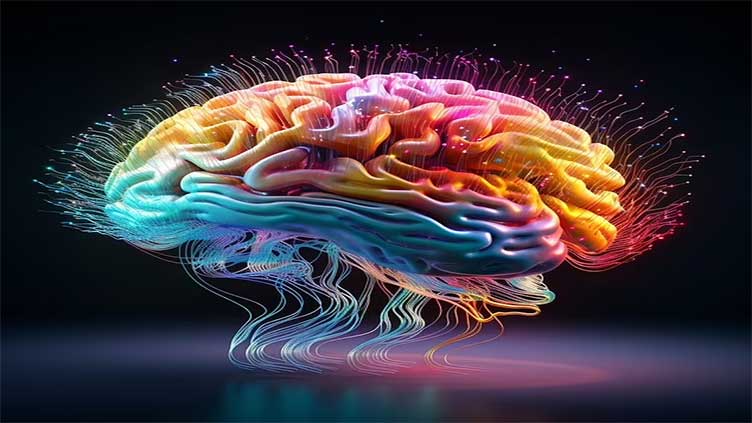Scientists claim they are one step closer to reversing process of dying

Technology
They discover where the brain's 'wave of death' begins
(Web Desk) - Scientists have for the first time identified where the shutdown sequence begins in the brain when the organ is dying.
They discovered the starting point of what they call the 'wave of death' - a flood of chemicals sweep through the brain, followed by a wave of electricity, then nothing.
Lead author Séverine Mahon, a neuroscientist at the Paris Brain Institute in France, told DailyMail.com: 'Our work shows that dying (and not death) is not an event but a 'long' process that can be reversed up to a certain point.'
'But we don't yet know exactly where the point of no return lies.'
To investigate what the process of death looks like in the brain, the team surgically implanted tiny probes to groups of brain cells and individual neurons in the brains of rats.
These tools measured the electrical and chemical activity in the rats' brains as they died.
Their results show how death is not as simple as we may think.
It's not just a switch flipping from 'on' to 'off,' but a step-by-step process of cells and regions shutting down in different ways and emitting unique signals as they do.
The exact 'point of no return' - when our consciousness shuts off and cannot return - is still up for debate, but understanding how and where the 'wave of death' occurs can help doctors develop better drugs or treatment strategies to prevent brain damage in the event of a serious injury, said the researchers behind the new work.
There are rough time windows when a dying brain can be resuscitated, but not a hard-and-fast cutoff point, recent research has shown.
In the new study, anesthetized animals were taken off mechanical ventilators while the implanted instruments recorded what was happening, both as the animals died and as they were brought back to life.
Activity was assessed in the somatosensory cortex, a region on the brain's outer layer that processes signals about temperature, touch, texture, and pain, as well as awareness of the body's location and movement in space. Our brain's somatosensory cortex has a similar role, structure, and location.
As the rats died, scientists observed the first wave of activity, caused by the chemical messenger glutamate that encourages neurons to fire.
Massive glutamate release happened as the brain cells, deprived of oxygen, quickly used up their supply of ATP, the molecule that gives cells the energy they need to function.
And right before the brain flatlines, there comes 'a period of intense cortical activity,' Mahon said.
That surge takes the form of gamma and beta waves - brain signals that are usually linked with conscious experiences.
'We know that these brainwaves in healthy subjects are responsible for memory recall,' Ajmal Zemmar, a neurosurgeon at the University of Louisville who was not involved in the research, told DailyMail.com.
'So we are wondering if at the time of death, perhaps the same thing happens: that you have a memory recall after your heart stops beating and the brain prepares to undergo death.'
Yet the patient is clearly unconscious when this happens, Mahon said.
Some believe that this activity is responsible for the near-death experiences people report, she added.
'An alternative hypothesis (ours) is that near-death experiences occur during the gradual return of cortical activities (which resemble those associated with hallucinations) after successful resuscitation.'
Unfortunately, it is difficult or impossible for scientists to know exactly how each part of the dying experience feels.


